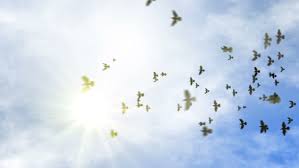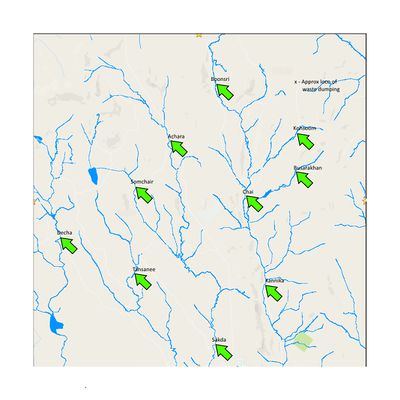ISSS608 2017-18 T3 Assign DiyaNR premise
VAST MINI CHALLENGE 2
|
|
|
|
|
|
A Little History
Mistford is a mid-size city located to the southwest of the Boonsong Lekagul Wildlife Preserve. The city has a small industrial area with four light-manufacturing endeavors. Mistford and the wildlife preserve are struggling with the possible endangerment of the Rose-Crested Blue Pipit, a locally loved bird. The bird’s nesting pairs seem to have decreased alarmingly, prompting an investigation last year with Kasios Office Furniture, a Mistford manufacturing firm. Since the initial investigation, the situation has evolved, Kasios insists that they have done nothing wrong.
Kasios was implicated in environmental damage to the Boonsong Preserve for both dumping toxic waste and polluting the air with chemicals from its manufacturing process. But Kasios is not taking these accusations industrial waste dumping! Kasios’ spokespersons state that there isn’t any ground contamination near the remote ranger station and they have inspected that area and found it as pristine as the rest of the preserve.
Outraged ornithology professors from Mistford College journeyed to the dumping site and performed soil analyses. They returned to report that the site looked like there had been recent excavation and building activities. Boonsong Preserve rangers later confirmed that a new ranger station was being built at that site! Soil samples taken from the site were inconclusive in detecting Methylosmolene (the toxic manufacturing chemical in the suspected dumping) or any other contaminant, as new top soil had been trucked in.
The Problem Statement
Professors in the Mistford College Hydrology Department have come forward with several years of water sensor readings from rivers and streams in the preserve. These samples were taken from different locations scattered throughout the area and contain measurements of several chemicals of possible interest, but they have never been analyzed due to lack of funding. Could visual analytics help reveal something in this data that could make up for the soil evidence that was destroyed? The following is the map:
The Questions To Be Answered
- Characterize the past and most recent situation with respect to chemical contamination in the Boonsong Lekagul waterways. Do you see any trends of possible interest in this investigation?
- What anomalies do you find in the waterway samples dataset? How do these affect your analysis of potential problems to the environment? Is the Hydrology Department collecting sufficient data to understand the comprehensive situation across the Preserve? What changes would you propose to make in the sampling approach to best understand the situation?
- After reviewing the data, do any of your findings cause particular concern for the Pipit or other wildlife? Would you suggest any changes in the sampling strategy to better understand the waterways situation in the Preserve?

